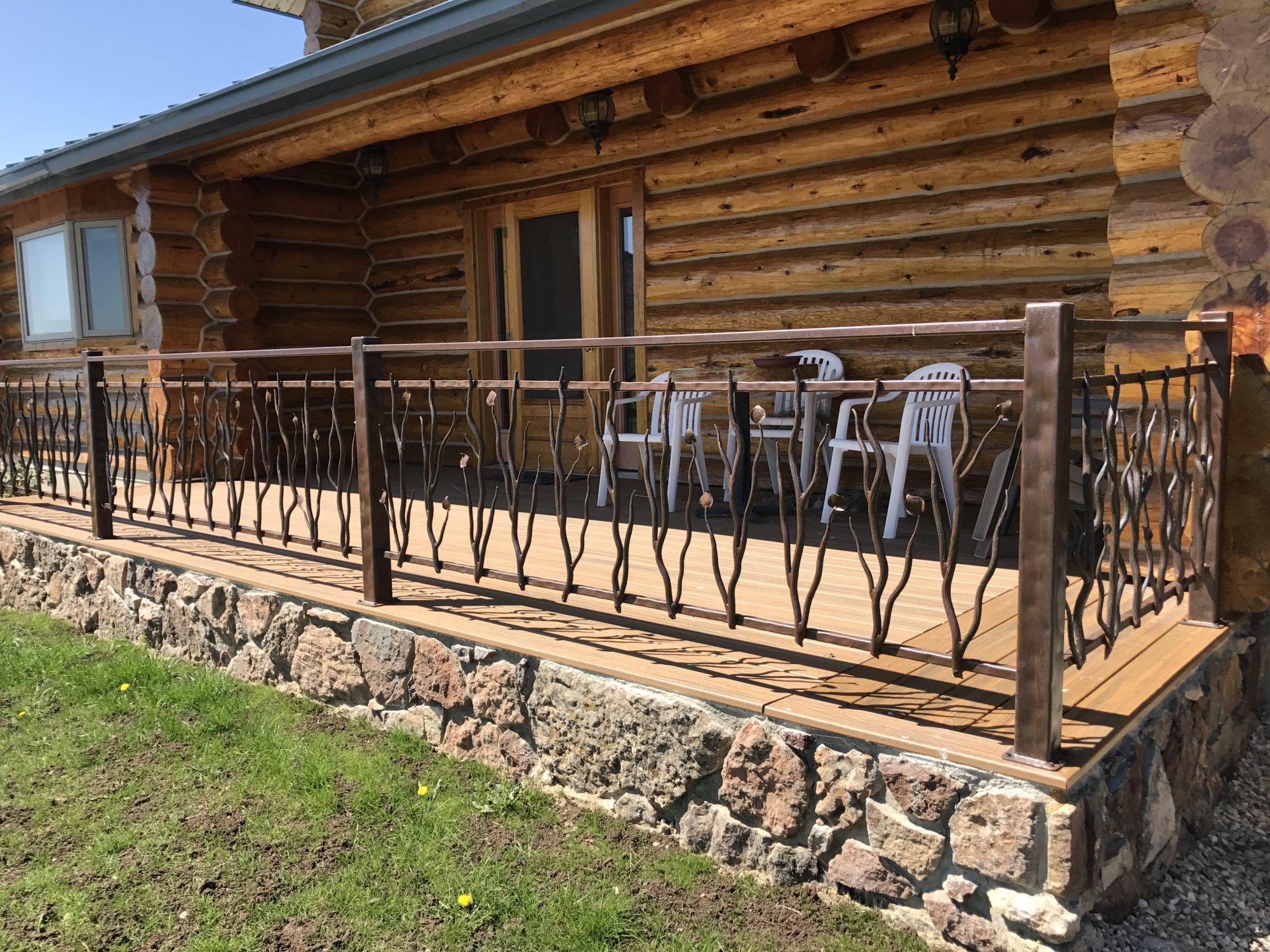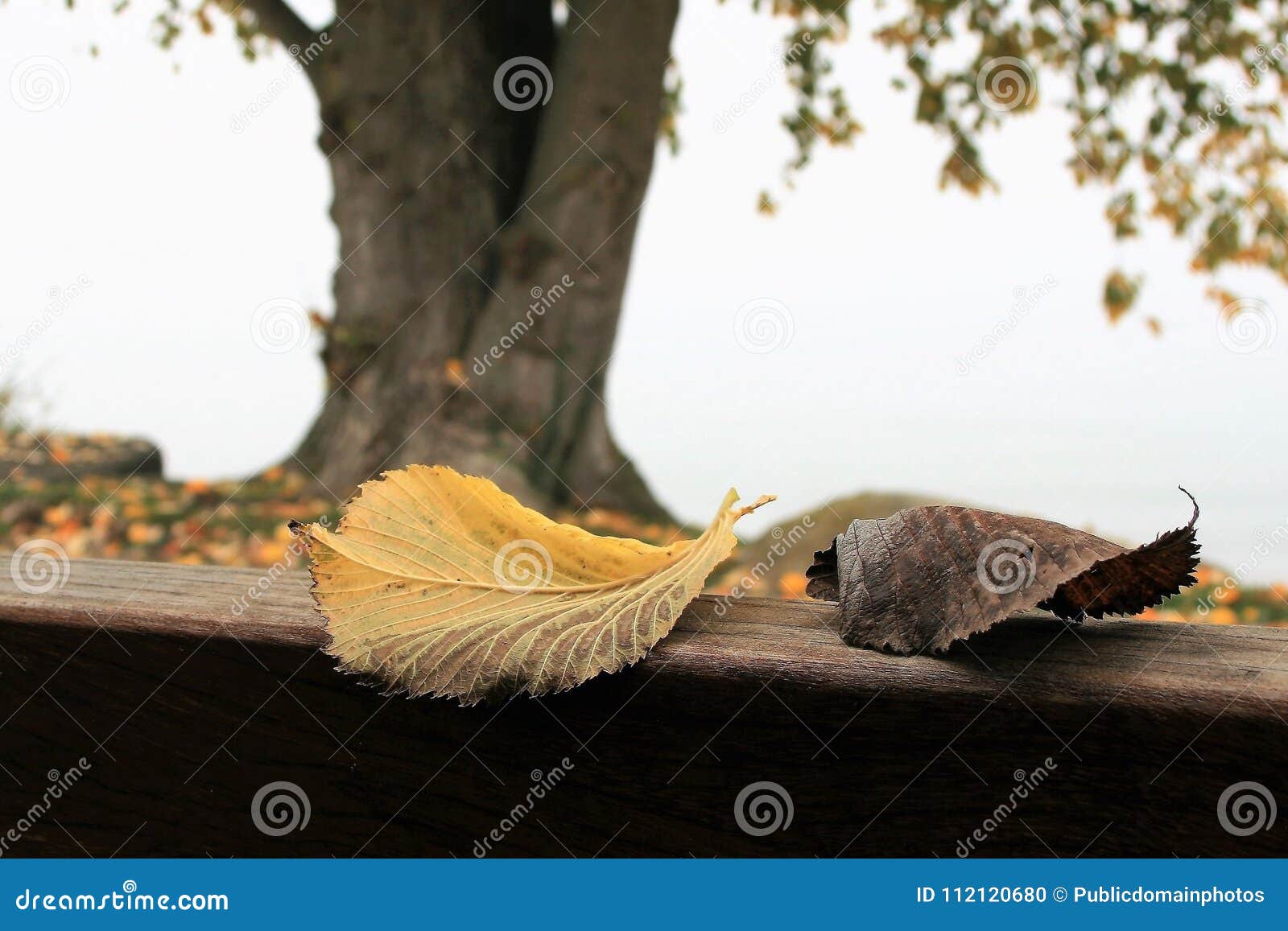

These are pseudo-terminal or false-terminal buds look for the telltale branch scar or branch stub alongside it, opposite from leaf scar. When the growing tip withers or falls away, one of the side buds (or lateral buds) ends up being close to the twig tip and substitutes as a terminal bud for next year's growth. Position of buds: Where the twig ends growth by forming a bud on the very tip, a terminal bud is present.

These are bundle scars, aiding species identification during Winter.īuds are also found at nodes, usually in axil of leaf petiole and twig or hidden under petiole base, or sunken in twig. Inside the leaf scar the vascular tissue pattern is seen, usually as dots or bundles of dots. Where a leaf falls from the twig, a leaf scar is left behind. Internodes are intervals of twig between nodes. Sometimes it may be spine-tipped, or merely have a bud at the tip.Ī node is the portion of a twig where vascular tissue exits and enters this is where leaves arise. It usually produces flowers or clustered leaves and lies along the side of a branchlet or branch. The word cane is also used, but cane is also applied to the stems of the genus Rubus, which have true twigs and branchlets.Ī spur shoot is knobby, short, and very slow-growing. The previous season's growth (last year's twig) is the branchlet, sometimes called a 2nd-year stem.Ī culm is the vertical woody stem of bamboos, which have no twigs. The current or most recent woody growth, forming the ends of a stem, is the twig. To see photographic examples of a term, click the camera next to it in the list of botanical terms. Conclusions Within the same community, the differences in twig-leaf traits of Betula platyphylla was a resource acquisition strategy, and the twig-leaf traits changed cooperatively in order to obtain effective resources.Adapted from Woody Plants of the Blue Ridge by Ron Lance. The twig cross-sectional area was significantly positively correlated with individual leaf area, total leaf area and total leaf dry mass, but was significantly negatively correlated with volume-based leafing intensity, among them, the cross-sectional area of small trees and large tree has an isokinetic growth relationship with the total leaf area and total leaf dry mass close to 1, while the medium tree has an allometric growth relationship close to 1.5 individual leaf area exhibited significant negative correlations with volume-based leafing intensity, showing an allometric relationship The diameter class has a significant effect on the slope or intercept of the correlation relationship between twig-leaf traits. Results With the increase of diameter class, twig cross-sectional area showed an upward trend, individual leaf area and total leaf area showed a downward trend, but there was no significant difference in total leaf dry mass, twig dry mass, volume-based leafing intensity.

The method of Standardized main axis estimation was used to test whether the diameter class had an effect on the correlation between the twig and leaf traits. One-way analysis of variance (ANOVA) was used to test whether there were significant differences in twig-leaf traits among different diameter classes. The twig cross-sectional area, individual leaf area, total leaf area, total leaf dry mass, twig dry mass and volume-based leafing intensity were measured in different diameter classes. Methods In Liangshui National Nature Reserve of Heilongjiang Province, three diameter classes of Betula platyphylla were selected (including small tree, middle tree and large tree). Exploring the variation and correlation between twig and leaf traits of plants with different diameter classes is of great significance for understanding the intraspecific variation of plant functional traits and the resource acquisition strategies of plants.

Objectives Plants can use resources more efficiently by adjusting their own traits.


 0 kommentar(er)
0 kommentar(er)
